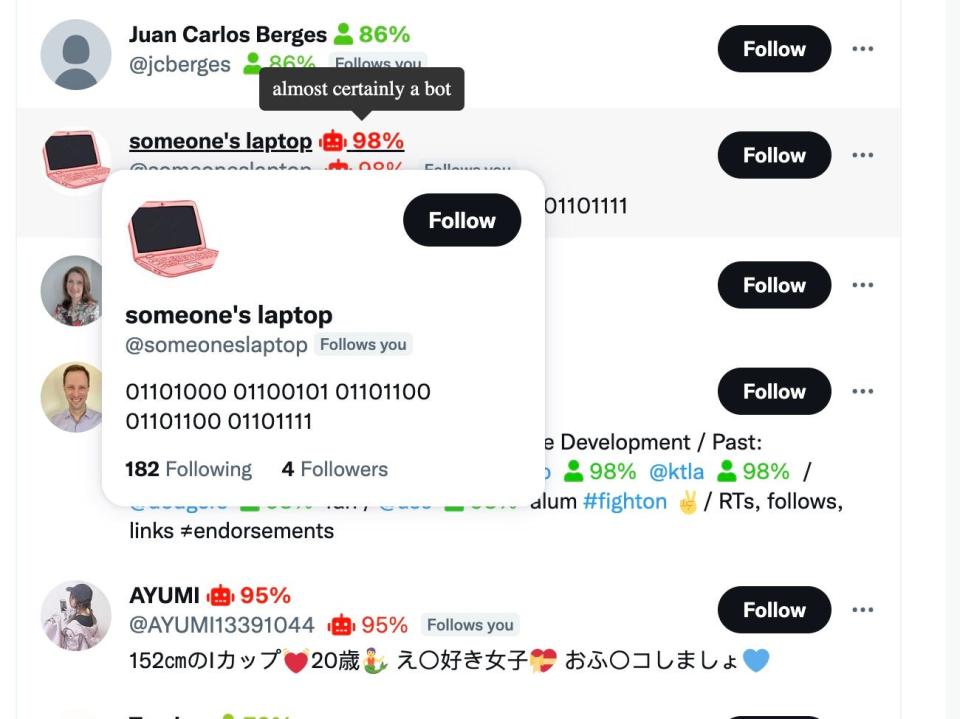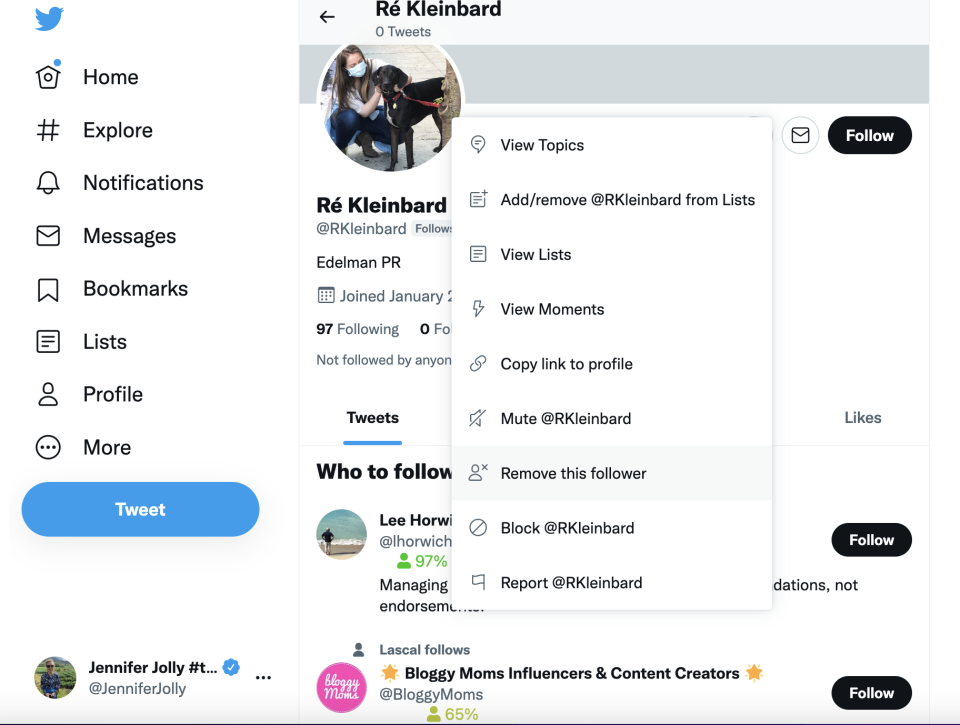Bots: What are they? Why did they lead Elon Musk to terminate his $44 billion Twitter deal?
There’s never a dull moment with Elon Musk. The world’s richest man is now trying to dump the Twitter deal that he claimed just a few months ago could save the future of civilization.
Here’s a quick recap: In April, Musk offered to buy the company for $44 billion. He claimed Twitter had “tremendous potential.” Then, he seemed to waffle, claiming Twitter’s bot count is just too high.
Twitter says bots – or fake accounts – make up about 5% of its’ “monetizable daily active users worldwide.” Musk contended it’s more like 20% or higher.
So, what’s the deal with bots, and if Elon Musk cares so much about them – should we?
The latest: Elon Musk may be sued by Twitter; Donald Trump weighs in on deal

Bot basics
Nefarious fake accounts on Twitter – and all social media – matter – a lot. They have the power to skew elections, spread dangerous misinformation and exacerbate conflict. But that’s not likely what Musk cares about.
Twitter execs say the company has approximately 229 million monetizable daily active users worldwide. That "monetizable" thing is mainly where Musk takes issue with Twitter's math and why he might ultimately walk away from his $44 billion offer to buy the social network. After all, buying a social network means buying the users and since bots don't click ads or make purchases, they don't count.
But Twitter’s bot problem is nothing new. Musk has been complaining about them for years. A fake account pretending to be him scammed several of his followers out of crypto cash in 2018. He even used getting rid of the bots as a reason to take over the company tweeting in late April, “If our twitter bid succeeds, we will defeat the spam bots or die trying!”
Hold up: Musk says Twitter deal 'temporarily on hold' over estimates of spam accounts
A bot by any other name
In simple terms, a bot is an automated software program that performs specific tasks or actions on behalf of a user. That user could be another person or it could be a company or organization. Bots are most commonly used for two purposes: marketing and spam. They're the kind of accounts many people block as soon as they see them, but not all of them are obvious.
Twitter bots can do all sorts of things, from automatically following people who follow you, to retweeting content, to sending direct messages. They can generate fake likes and fake followers and they can create artificial trends. In short, bots can be used to game the system, which Twitter has long insisted it’s working hard to combat.
Period tracker apps and your privacy: How much info can companies or other parties access?
Not all bots are bad
Bots can be annoying, but not all of them are bad. For example, some bots help or bots that can help you relax. Some bots can keep you up to date on the latest news and bots can even remind you of important dates and times.
The problem is that while good bots exist, most automated Twitter accounts do little more than spam the timeline with ads, misinformation, or sketchy links that can lead to malware and other cybersecurity threats. That's why it's so important to know how to spot a bot and why you should be careful about interacting with any account that may be one.
There are several red flags that can help you sniff a bot out, but the most common is a bogus profile. That's because bots are often created in bulk, and the people behind them don't take the time to fill out all the details. So if you see an account with a default profile photo, no bio, and spammy tweets, it's probably a bot.
The dark side of bots
Your average spam bots are frustrating when they paste a million ads into your timeline or direct messages, but aside from making your Twitter experience less enjoyable, they're mostly harmless. However, there are more nefarious uses for bots that have real-world implications. We touched on a few of these issues above. Still, it’s worth mentioning again that the worst of the lot can – and has – influenced elections, spread deadly misinformation and even recruited for extremist causes.
An excellent piece of recent research from scientists at the Indiana University Observatory on Social Media shed some bright light on inauthentic Twitter accounts and their ability to spread fake news. One of the more fascinating findings was that bot activity tends to cluster around specific topics where false information can dramatically swing sentiments, such as cryptocurrencies, politics and health.
Talking Tech newsletter: Sign up for our guide to the week's biggest tech news
How to spot a bot

I have some good news and some bad news here. First, the bad news: There’s nothing you can do to prevent bots from showing up occasionally in your Twitter browsing. There are too many of them and insufficient safeguards to control their activity, so they’re likely here to stay.
Now for the good news: It’s pretty easy to find where they’re hiding and avoid those areas or at least take extra care when chatting about specific topics on Twitter.
One helpful tool here is BotSight, an iOS and web app from the security company NortonLifeLock. It works for Chrome and iOS and actively checks tweets as you scroll, using various data to calculate how likely the post is from a bot. It performs these actions in real time, so it doesn’t hamper your browsing experience and it’s a great weapon against Twitter spam and scams.
If you want to check an entire topic for bot activity, you can use BotAmp, a slick web app that compares bot activity across Twitter keywords and hashtags. It’s super easy to use and can be eye-opening. Other tools like FollowerAudit and Bot Sentinel can also check specific accounts for suspicious activity as well.

Musk’s moves
OK, back to Elon Musk. There’s much speculation that Musk has cold feet and is using the bot issue as an excuse to get out of the deal. Twitter stock has dropped since his initial cheeky $54.20 offer to less than $37. Tesla’s stock dropped too, layoffs are happening there, and many people speculate that Musk wants out of the deal or to get it for less money.
I feel like this is one giant three-ring circus with Ringmaster Musk introducing various new outrageous acts on Twitter missive at a time. The question now is, can he poop-emoji his way out of the $1 billion breakup fee? And what exactly will his next act be?
Jennifer Jolly is an Emmy Award-winning consumer tech columnist. Email her at jj@techish.com. Follow her on Twitter: @JenniferJolly. The views and opinions expressed in this column are the author’s and do not necessarily reflect those of USA TODAY.
This article originally appeared on USA TODAY: Elon Musk and Twitter: How bots brought down his $44 billion deal

 Yahoo Sports
Yahoo Sports 